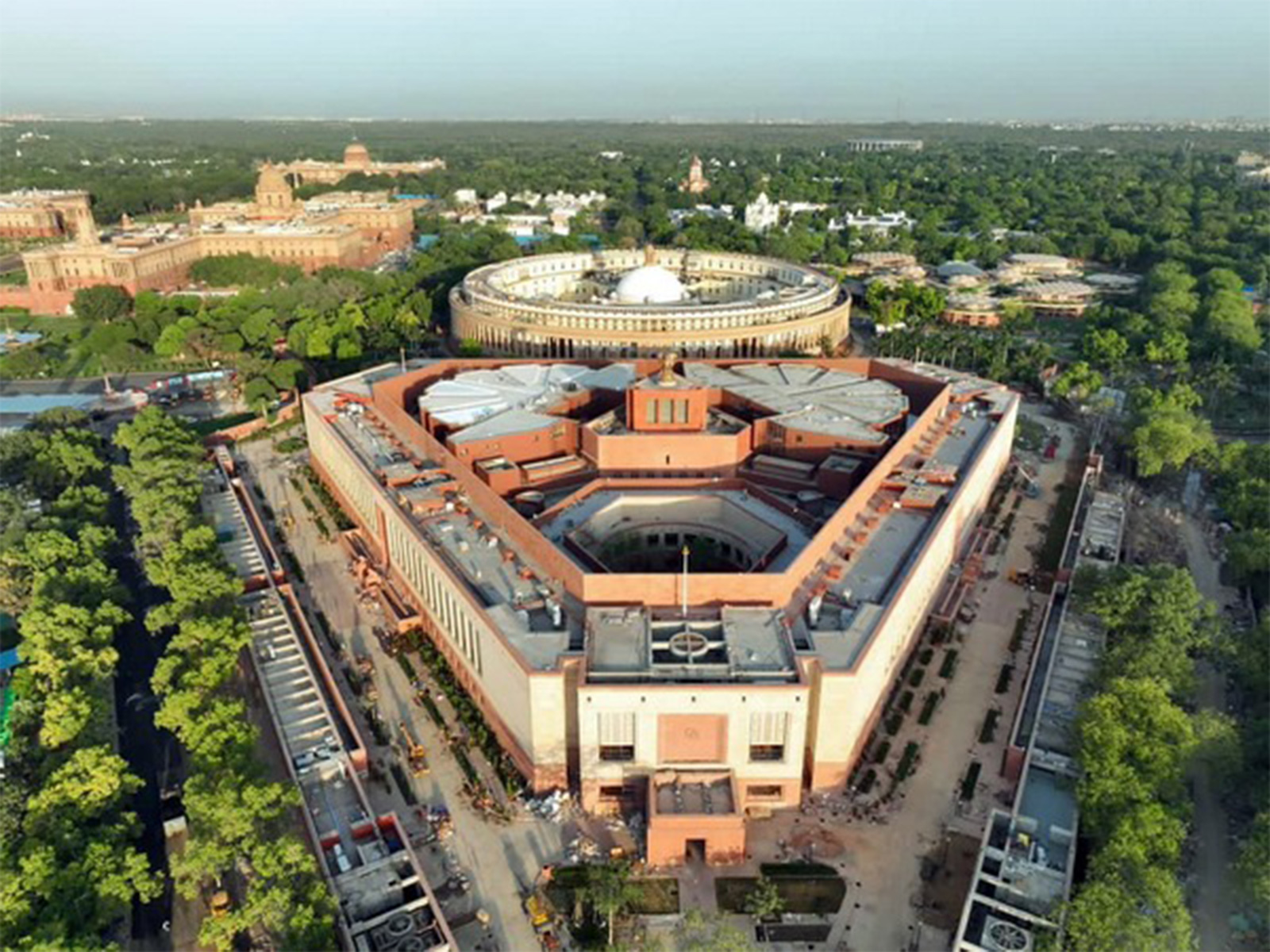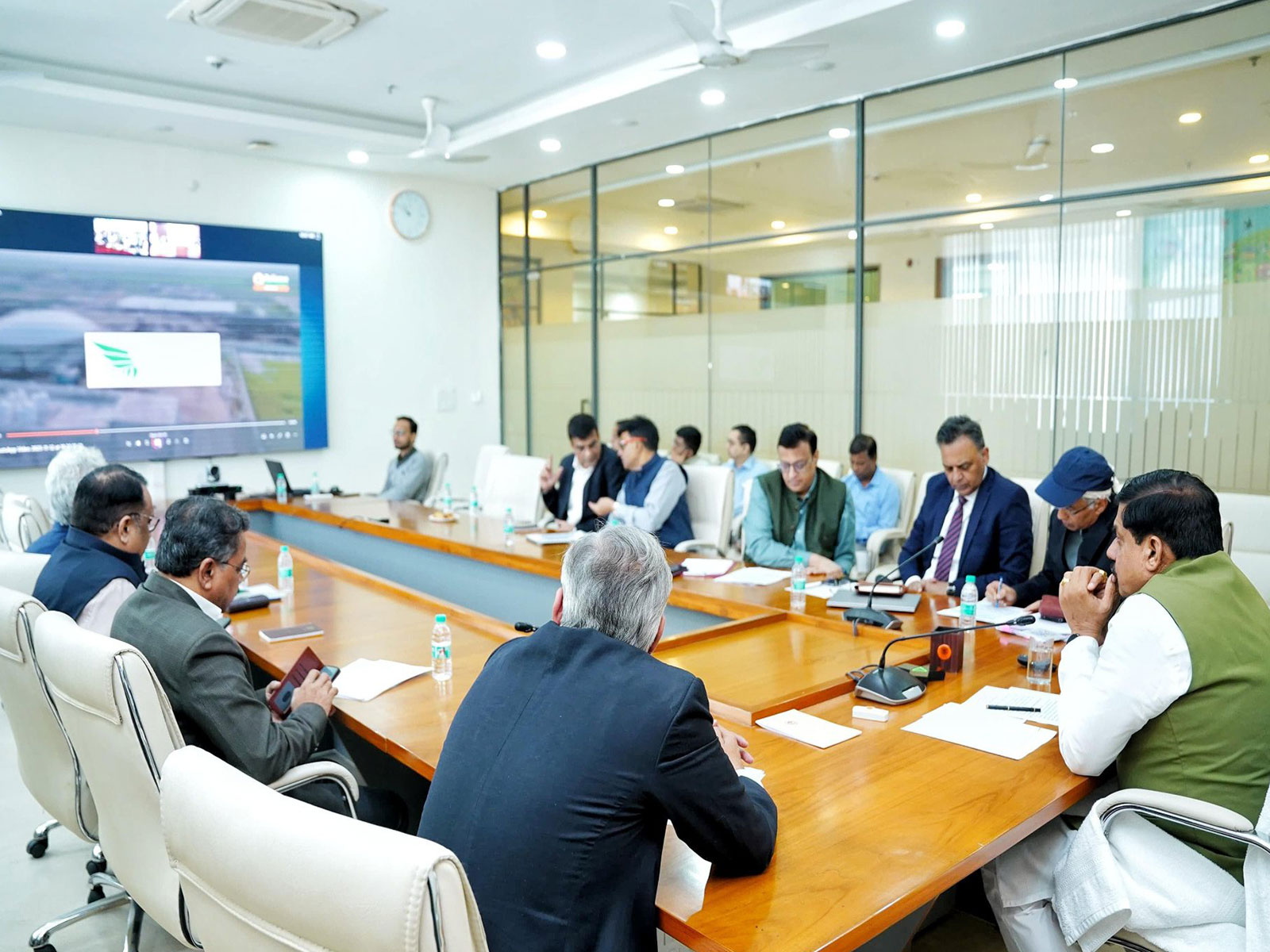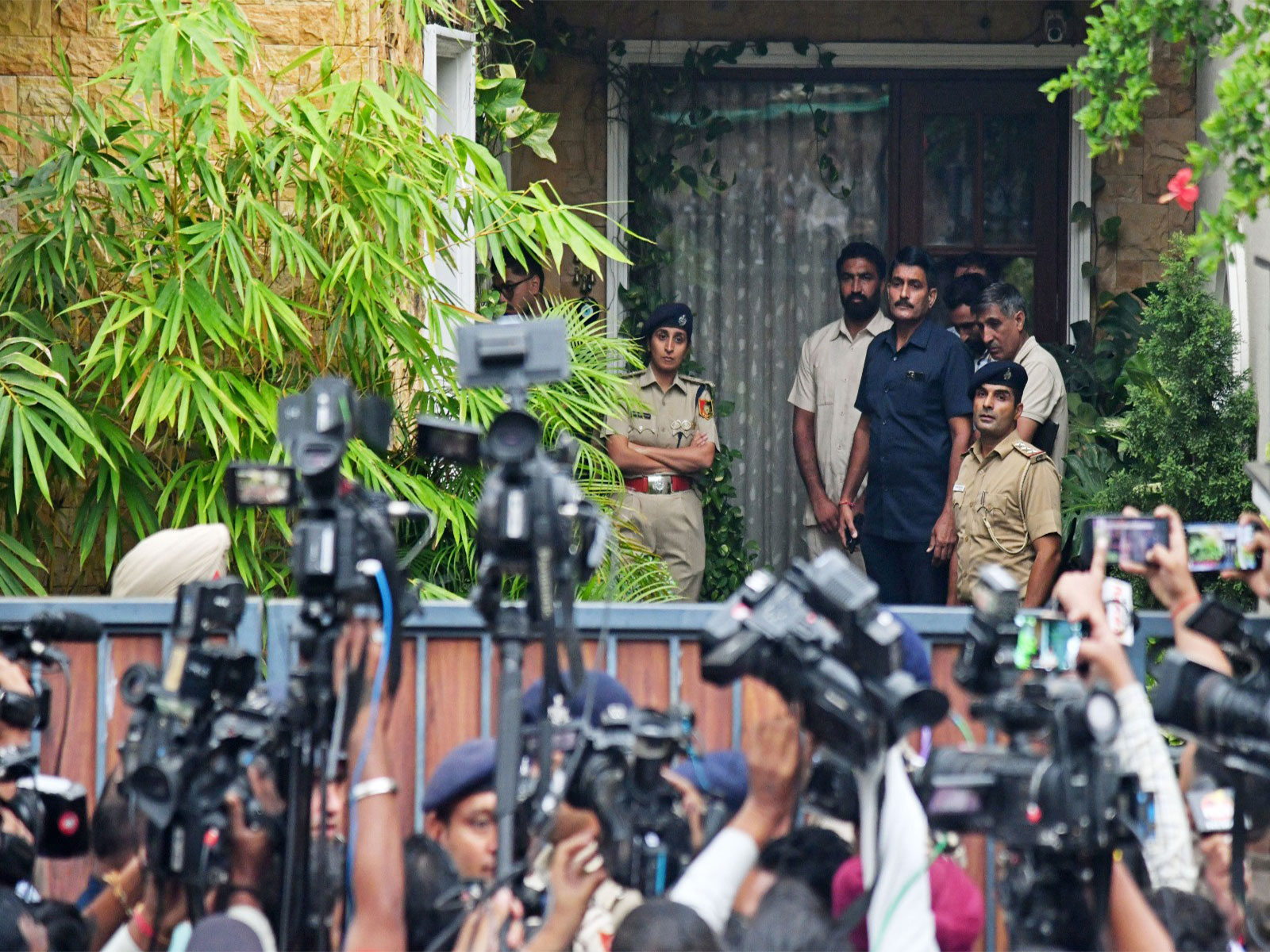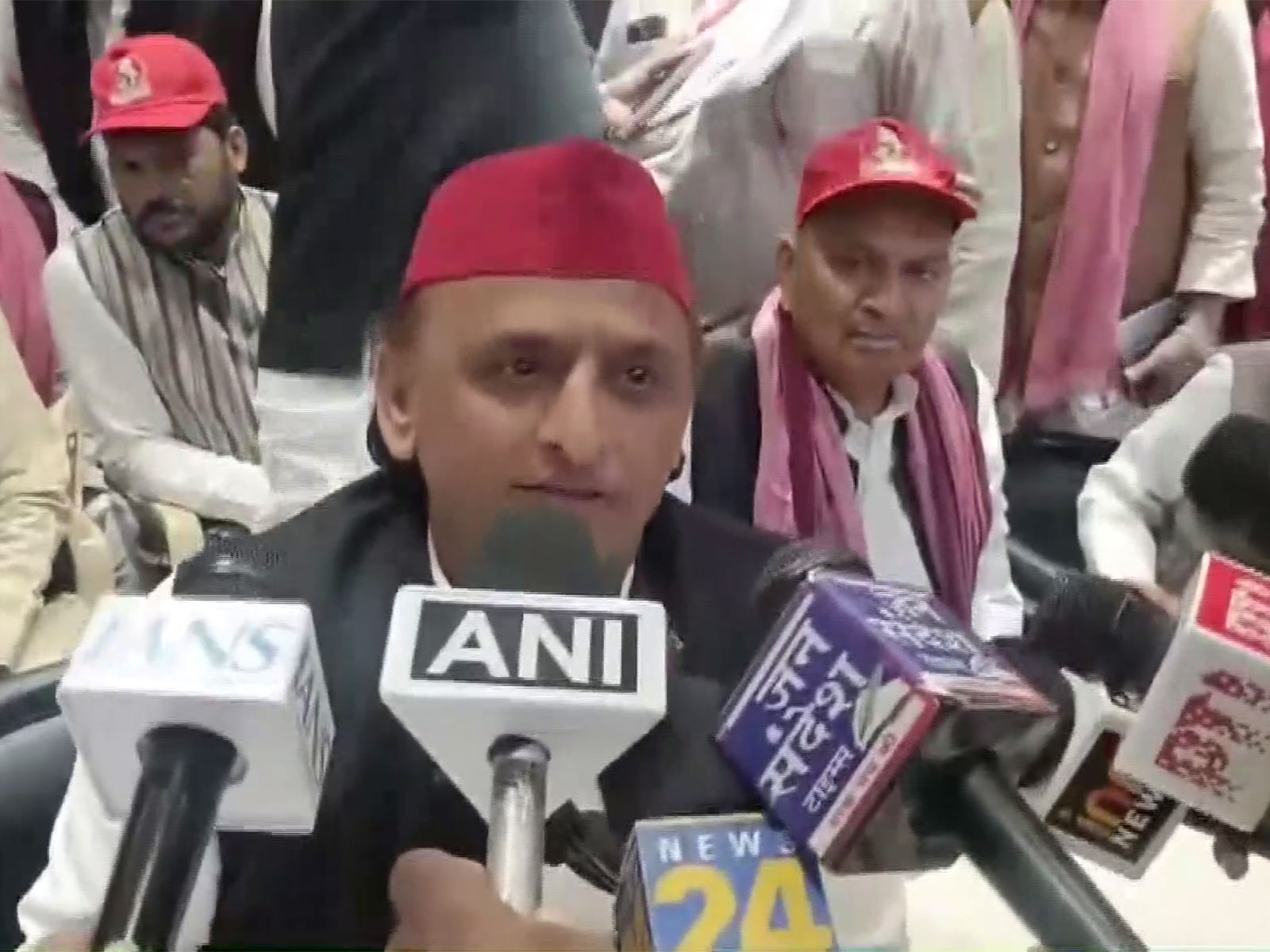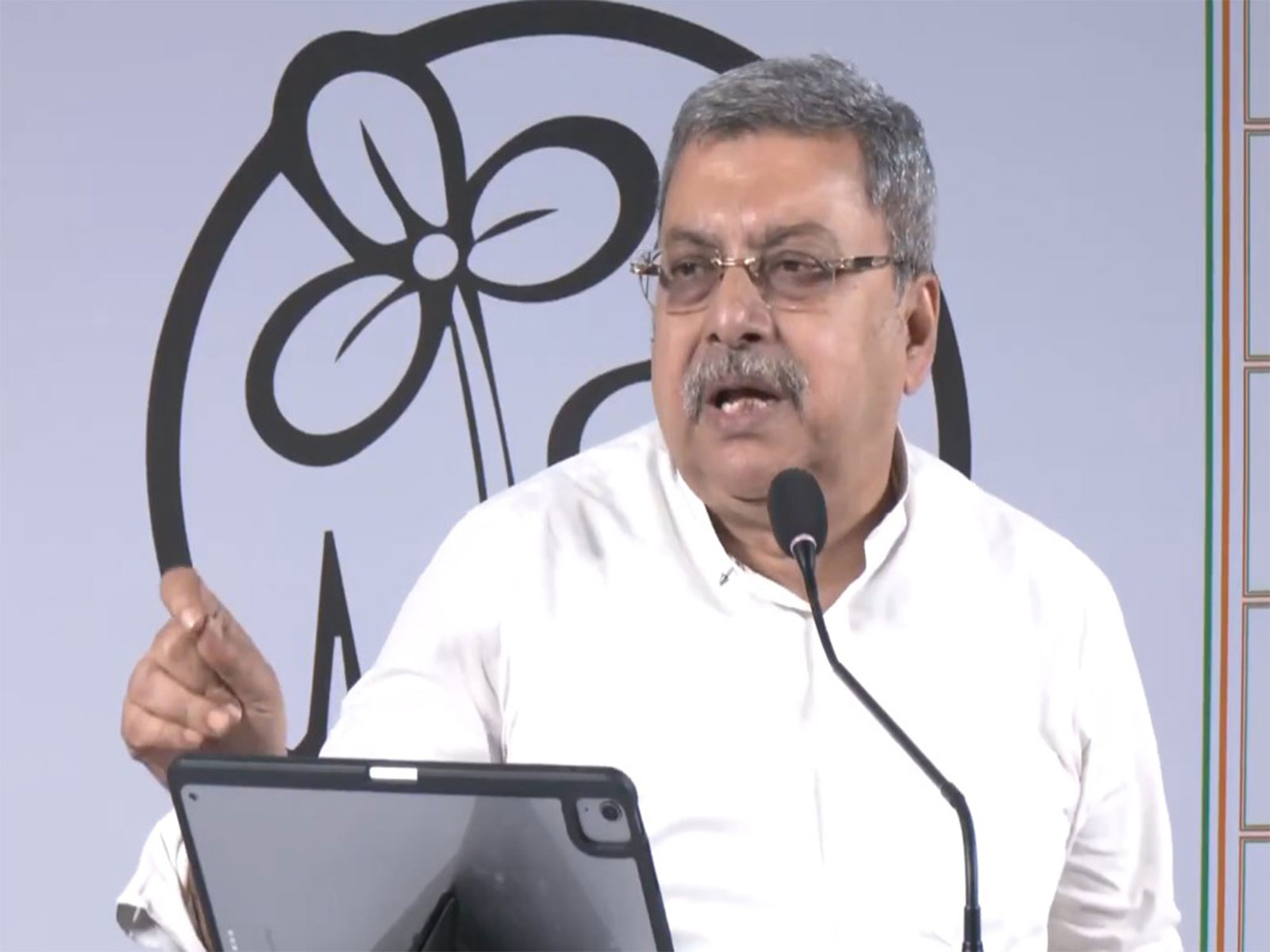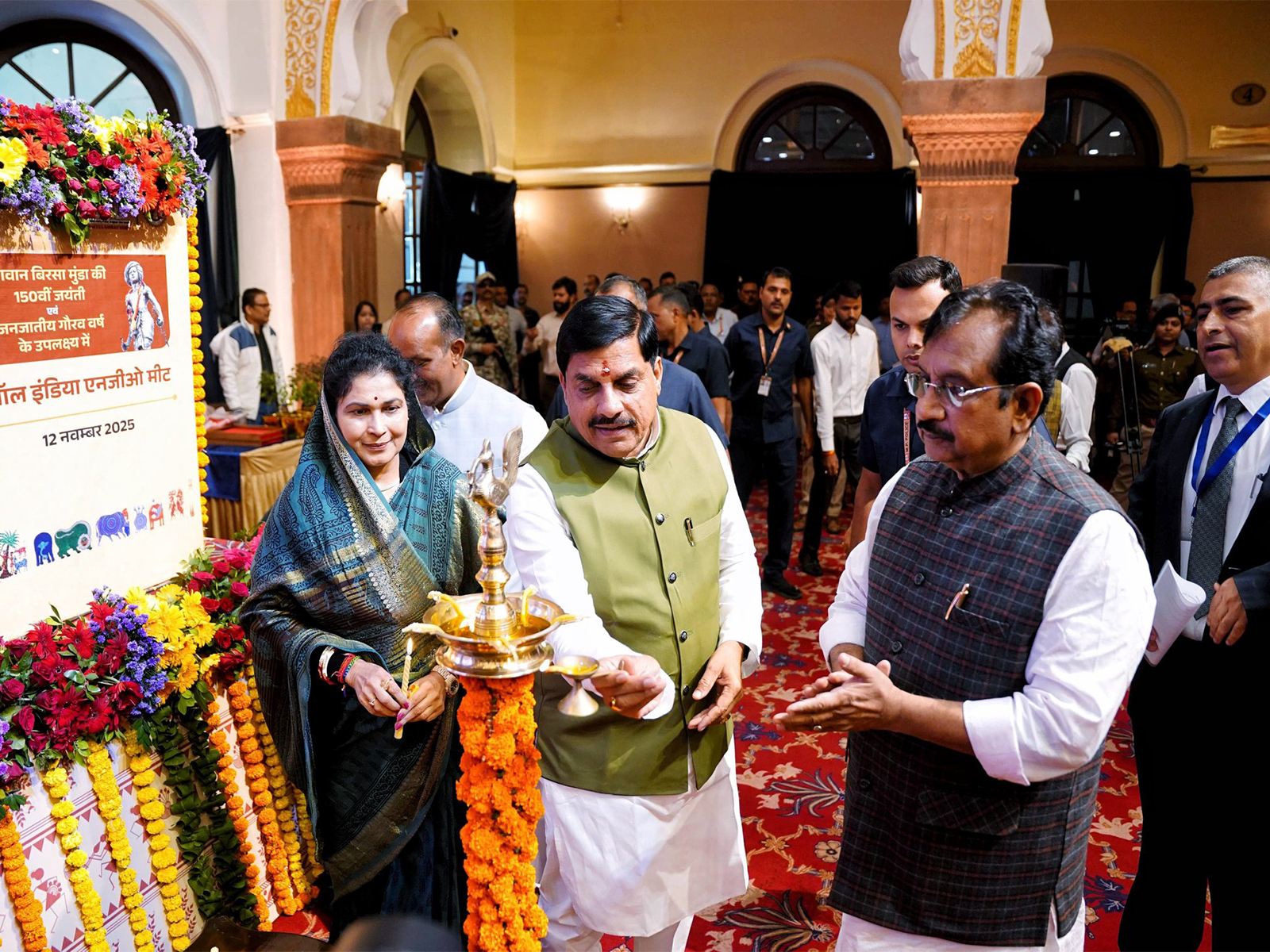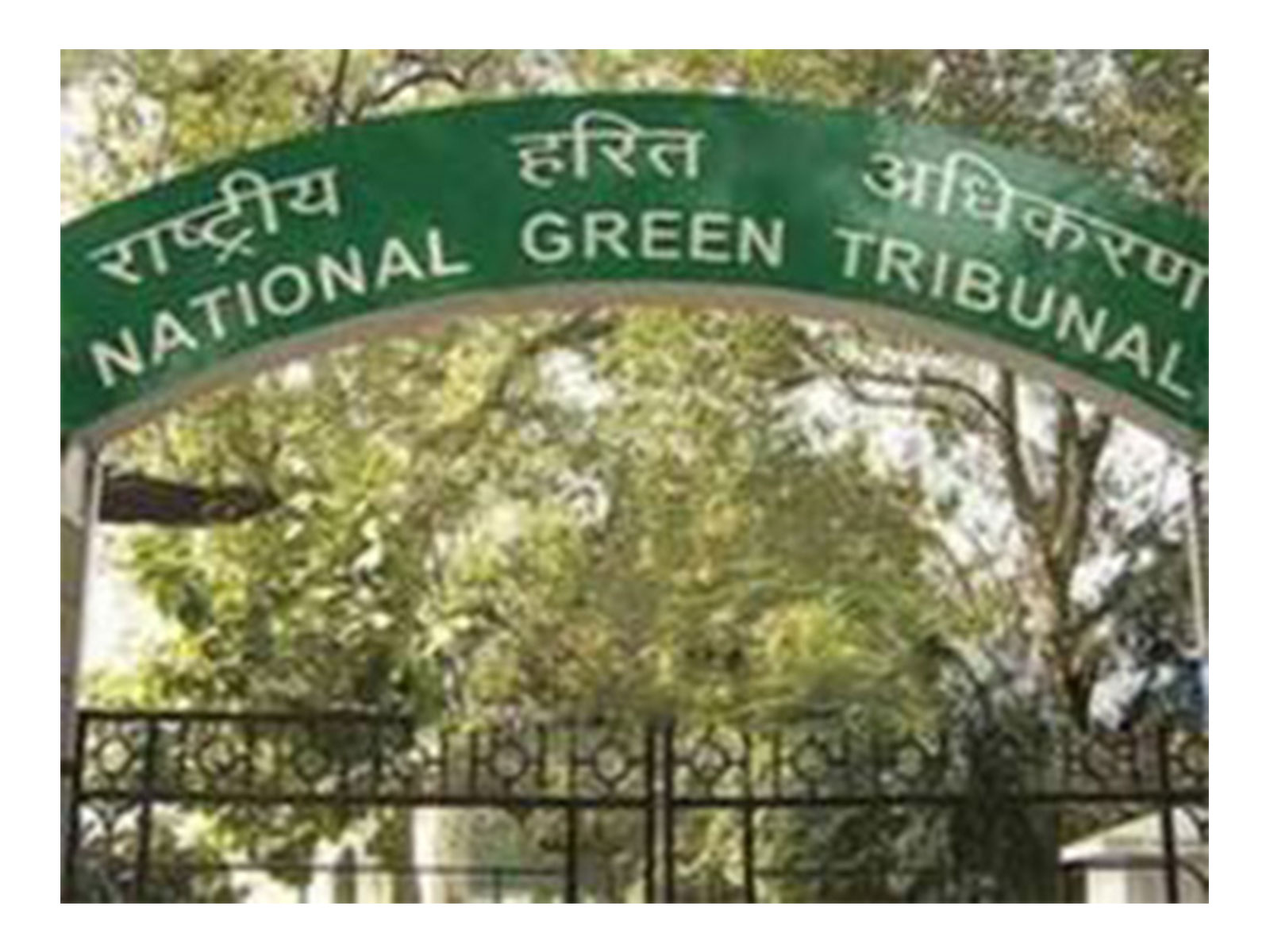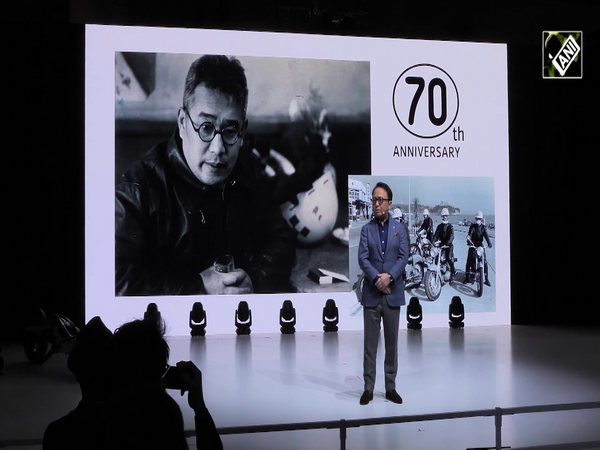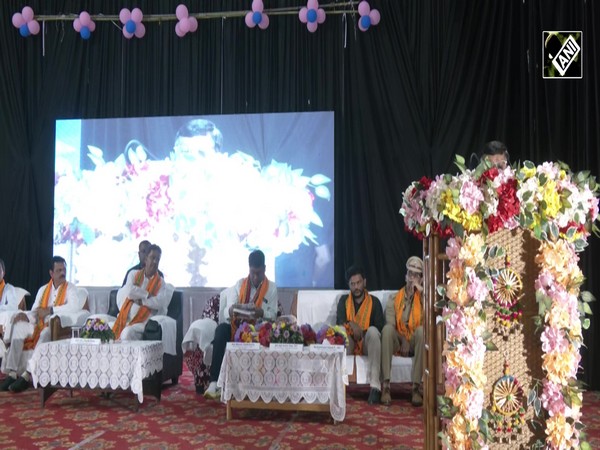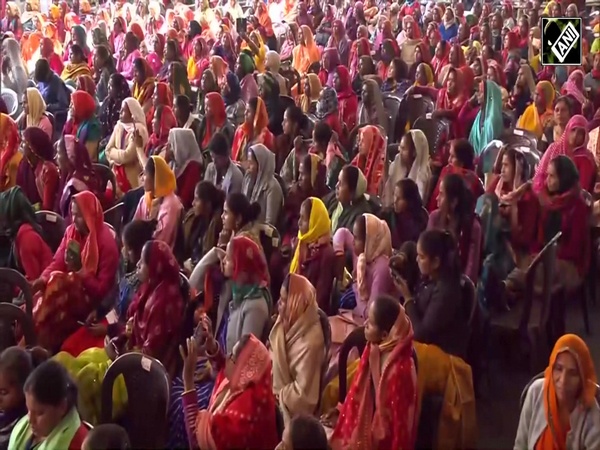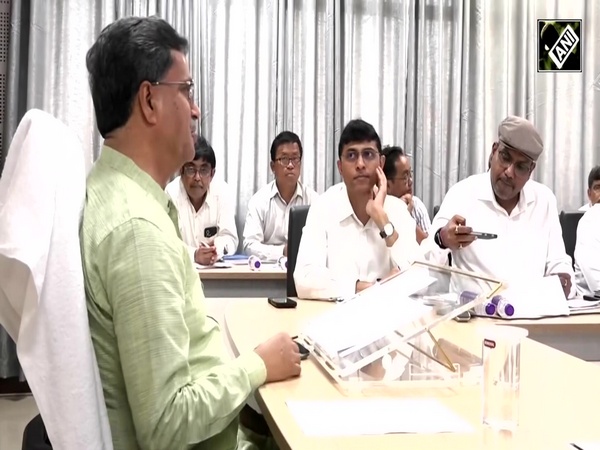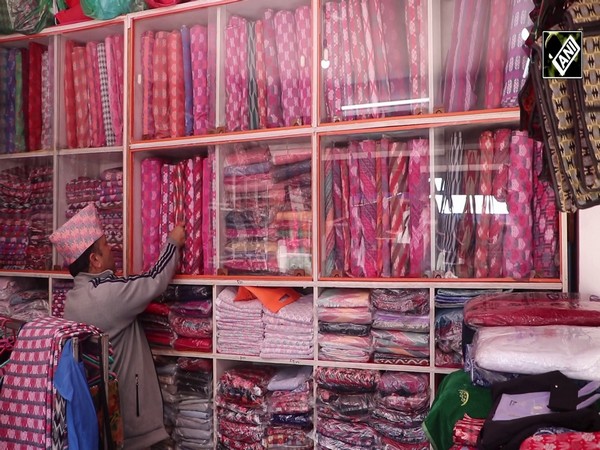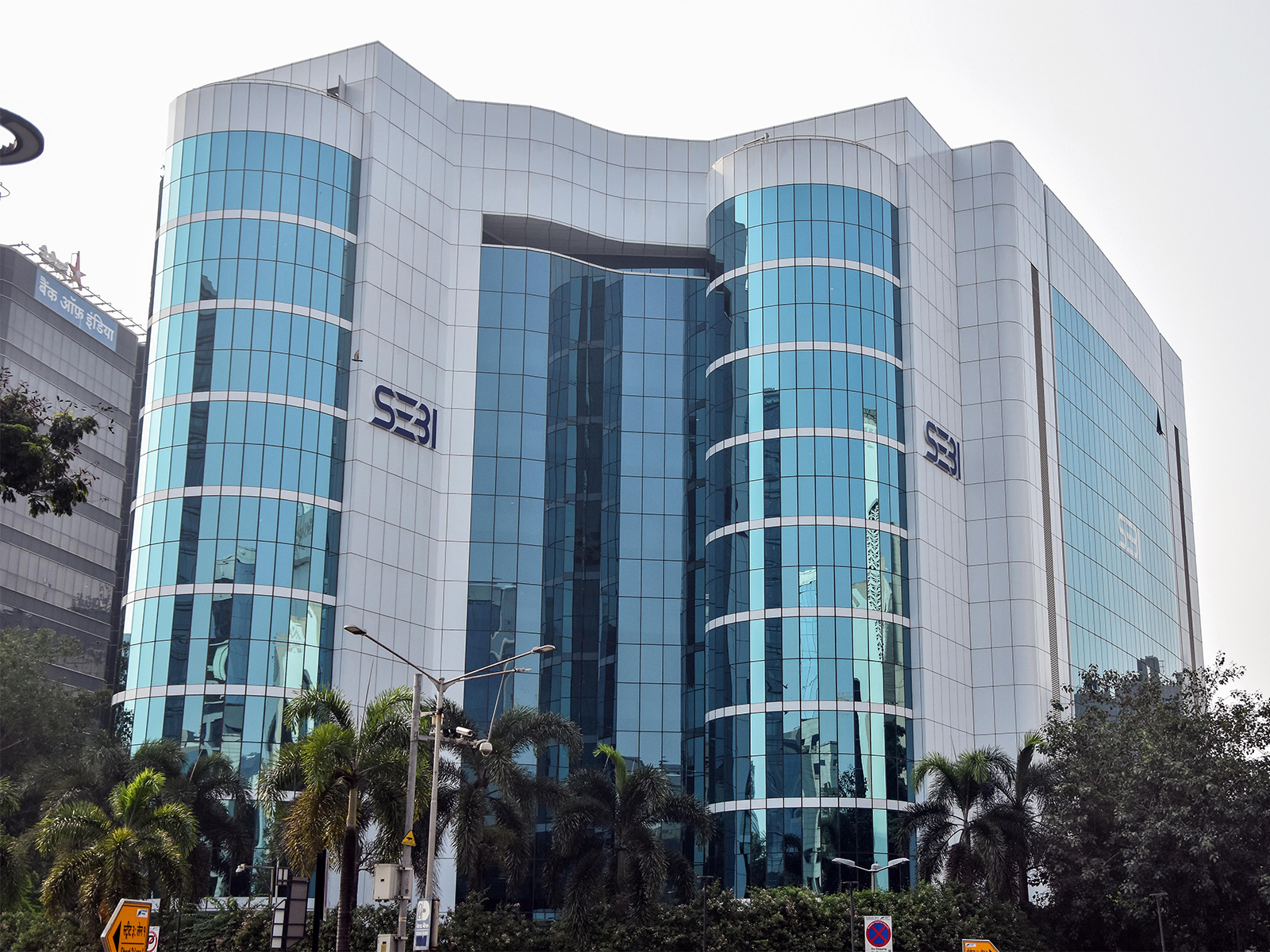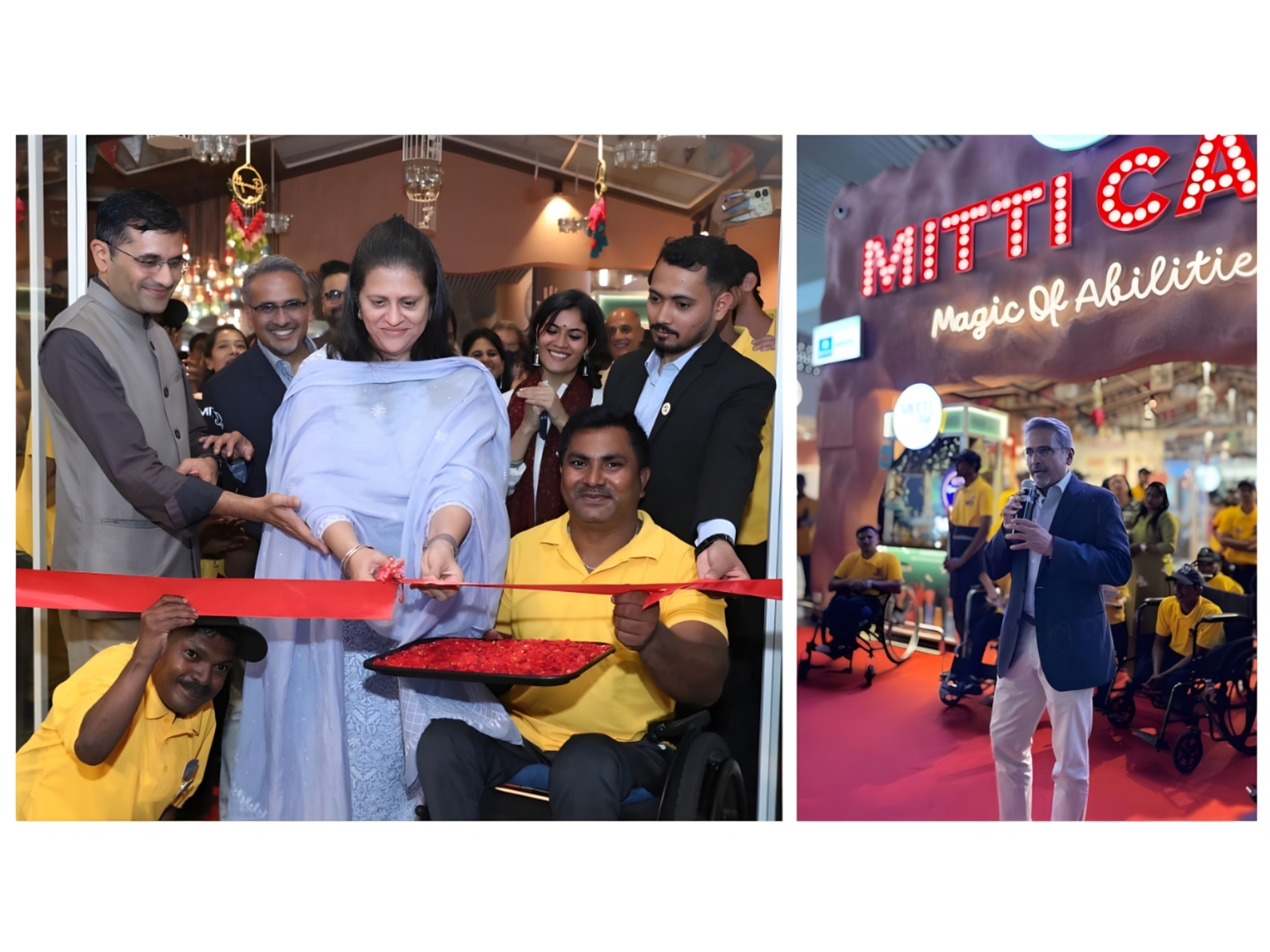
NGT directs UP govt to map extent of heavy metal contamination in Kanpur region, submit timeline in two weeks
Nov 12, 2025
New Delhi [India], November 12 : The National Green Tribunal (NGT) has directed the Uttar Pradesh Government to submit, within two weeks, a detailed timeline for mapping areas affected by heavy metal contamination in Kanpur Nagar, Kanpur Dehat, and Fatehpur districts.
The Tribunal also sought information on the number of affected individuals, the availability of medical facilities, and the progress in implementing previously recommended environmental and health measures.
The Principal Bench, comprising Justice Prakash Shrivastava (Chairperson) and Afroz Ahmad (Expert Member), was hearing a batch of matters related to industrial pollution and water contamination caused by tanneries and other industries in the Jajmau and Rania regions of Kanpur.
During the hearing, Amicus Curiae Katyayni informed the Tribunal that contamination was no longer confined to the initially identified areas-Rakhi Mandi, Afeem Kothi, and Juhi Bamburia-but had spread to several other localities, including Gangaganj Panki, Swaraj Nagar, Ratanpur Colony, Tejab Mill Campus, Bajpai Nagar, Maiku Purwa, Rooma, and Kishanpur.
She emphasised the need to ascertain the total number of persons affected by exposure to heavy metals and to identify contamination pathways through water sources and the food chain.
The Amicus submitted that only partial compliance had been achieved on the 22 recommendations previously accepted by the State and recorded in the Tribunal's order dated July 1, 2025.
Key unimplemented recommendations include establishing multi-speciality medical facilities for affected persons, strengthening the technical infrastructure of the Pollution Control Boards, developing a monitoring mechanism for water and soil remediation, and enforcing by-laws aligned with the Minamata Convention on Mercury.
The State Government's counsel referred to affidavits from the District Magistrates of Kanpur Nagar, Kanpur Dehat, and Fatehpur, detailing actions such as laying a 22-km pipeline under the JNNURM scheme and organising health camps for testing.
Data from the Health Department showed that between January 2020 and October 2025, 514 persons were tested in Kanpur Nagar, 214 in Kanpur Dehat, and 171 in Fatehpur. Alarmingly, 492 samples in Kanpur Nagar and 147 in Fatehpur showed Chromium levels above the permissible limit, while elevated Mercury levels were detected in several individuals.
Appearing virtually, Dr M Srinivas, Director of AIIMS New Delhi, stressed the need for large-scale mapping of soil, air, water, and food chain contamination to identify the root cause. He recommended a multi-sectoral approach involving IIT Kanpur for technical assessments and suggested that corporate entities contribute through their CSR funds.
The Tribunal instructed the Chief Secretary and Secretary, Health, Government of Uttar Pradesh, to submit a detailed plan covering the mapping of contaminated areas, the number of affected persons, medical infrastructure, and laboratories available for sample testing. The mapping exercise must also include analysis of groundwater, surface water, air, and food chain contamination. The matter will be next heard on November 25.

